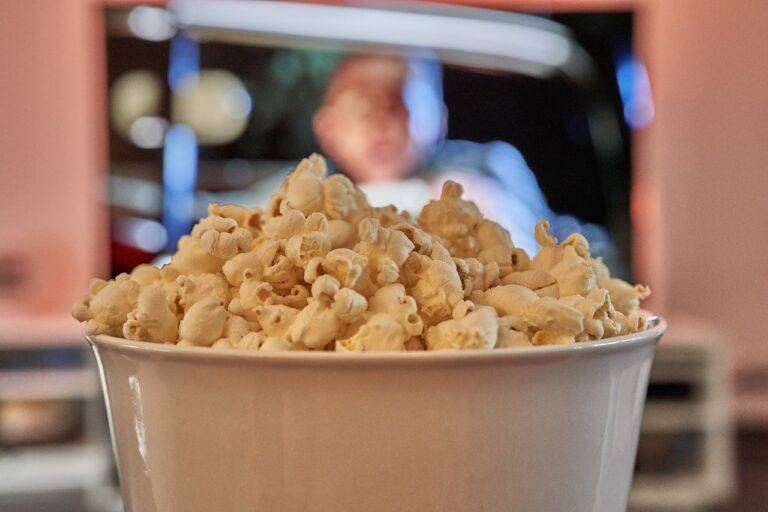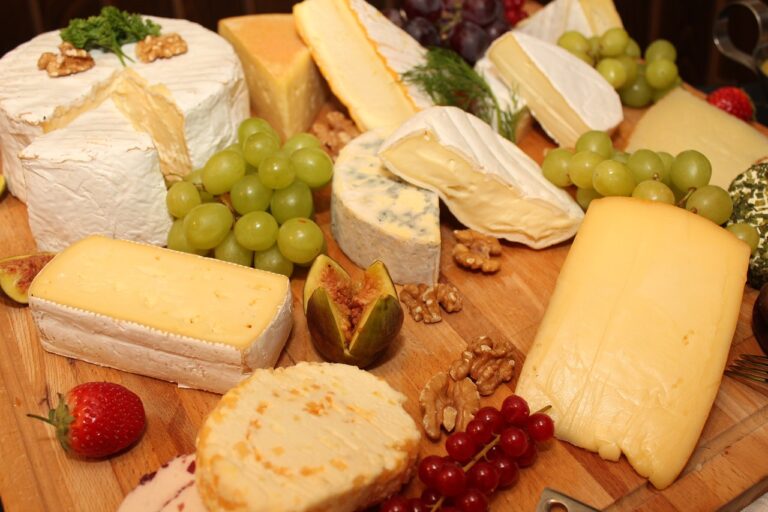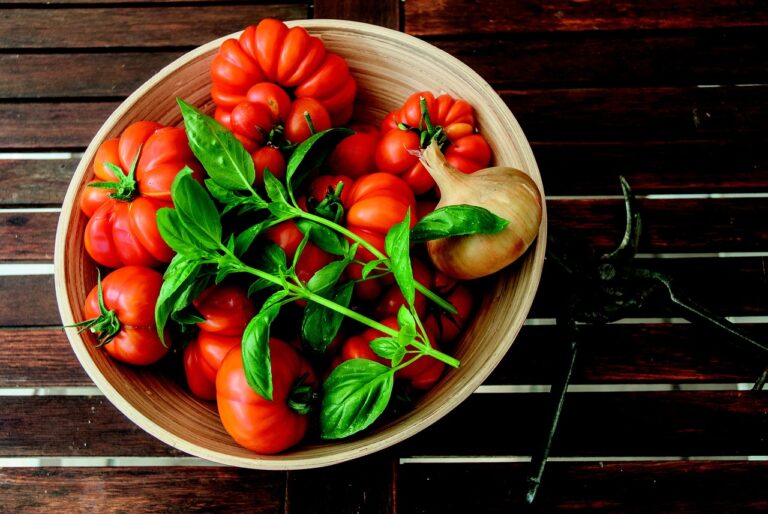From Gastropubs to Michelin Star Restaurants: The Changing Landscape of Fine Dining
Over the years, dining experiences have undergone a significant transformation. In the past, dining out was primarily seen as a luxury reserved for special occasions. However, in today’s fast-paced world, dining out has become a common and popular way to socialize, relax, and enjoy a variety of cuisines.
Restaurants have evolved to cater to the changing needs and preferences of consumers. From traditional fine dining establishments to casual eateries and food trucks, the options for dining out have become more diverse than ever before. The focus has shifted towards not just the quality of the food, but also the overall experience, ambiance, and customer service provided by restaurants.
The Rise of Casual Fine Dining
Casual fine dining has emerged as a popular trend in the restaurant industry, offering a balance between upscale dining and a more relaxed atmosphere. This dining style retains the high-quality food and service associated with fine dining establishments while embracing a more approachable and unpretentious environment. Customers can enjoy a refined meal without the formality often associated with traditional fine dining experiences.
The rise of casual fine dining reflects changing consumer preferences, with many diners seeking a more laid-back yet elegant dining experience. The concept allows guests to savor meticulously prepared dishes in a comfortable setting, creating a more inclusive and welcoming atmosphere. This shift towards casual fine dining has blurred the lines between formal and informal dining, offering a versatile option for those looking to enjoy a sophisticated meal in a more relaxed setting.
The Influence of Social Media on Restaurant Trends
The digital age has revolutionized the way we experience dining, with social media playing a pivotal role in shaping restaurant trends. Platforms like Instagram and Facebook have transformed the way people discover, choose, and share their culinary experiences. Food bloggers, influencers, and everyday customers now have the power to make or break a restaurant’s reputation through their online reviews and posts.
Visual content has become a driving force behind the success of many restaurants, as aesthetically pleasing dishes and trendy decor attract a larger audience. The rise of hashtags like #foodporn and #instafood has led to a surge in food photography culture, with diners eager to capture and share their gastronomic adventures. Restaurants are now not only judged on the taste and quality of their food but also on their aesthetic appeal and social media presence.
How has social media impacted restaurant trends?
Social media has played a significant role in shaping restaurant trends by influencing consumer preferences, popularizing certain cuisines and dining experiences, and creating a platform for restaurants to market themselves.
What are some examples of how social media has influenced restaurant trends?
Social media platforms like Instagram have popularized visually appealing dishes such as rainbow unicorn desserts and charcoal-infused foods, leading to increased demand for these items in restaurants. Additionally, user-generated content and reviews on platforms like Yelp and TripAdvisor can make or break a restaurant’s reputation.
How has the evolution of dining experiences been influenced by social media?
Social media has led to the rise of experiential dining, where customers are seeking unique and Instagram-worthy experiences when dining out. This has prompted restaurants to innovate and create immersive dining experiences to attract customers.
What is casual fine dining and how has it become popular?
Casual fine dining is a trend where restaurants offer high-quality food and service in a more relaxed and approachable setting. Social media has played a role in popularizing this trend by showcasing upscale yet laid-back dining experiences that appeal to a wider audience.
How can restaurants leverage social media to stay relevant and attract customers?
Restaurants can use social media to engage with customers, showcase their menu items, promote special events and offers, and gather feedback from diners. By creating a strong online presence and actively engaging with their audience, restaurants can stay top of mind and attract new customers.







